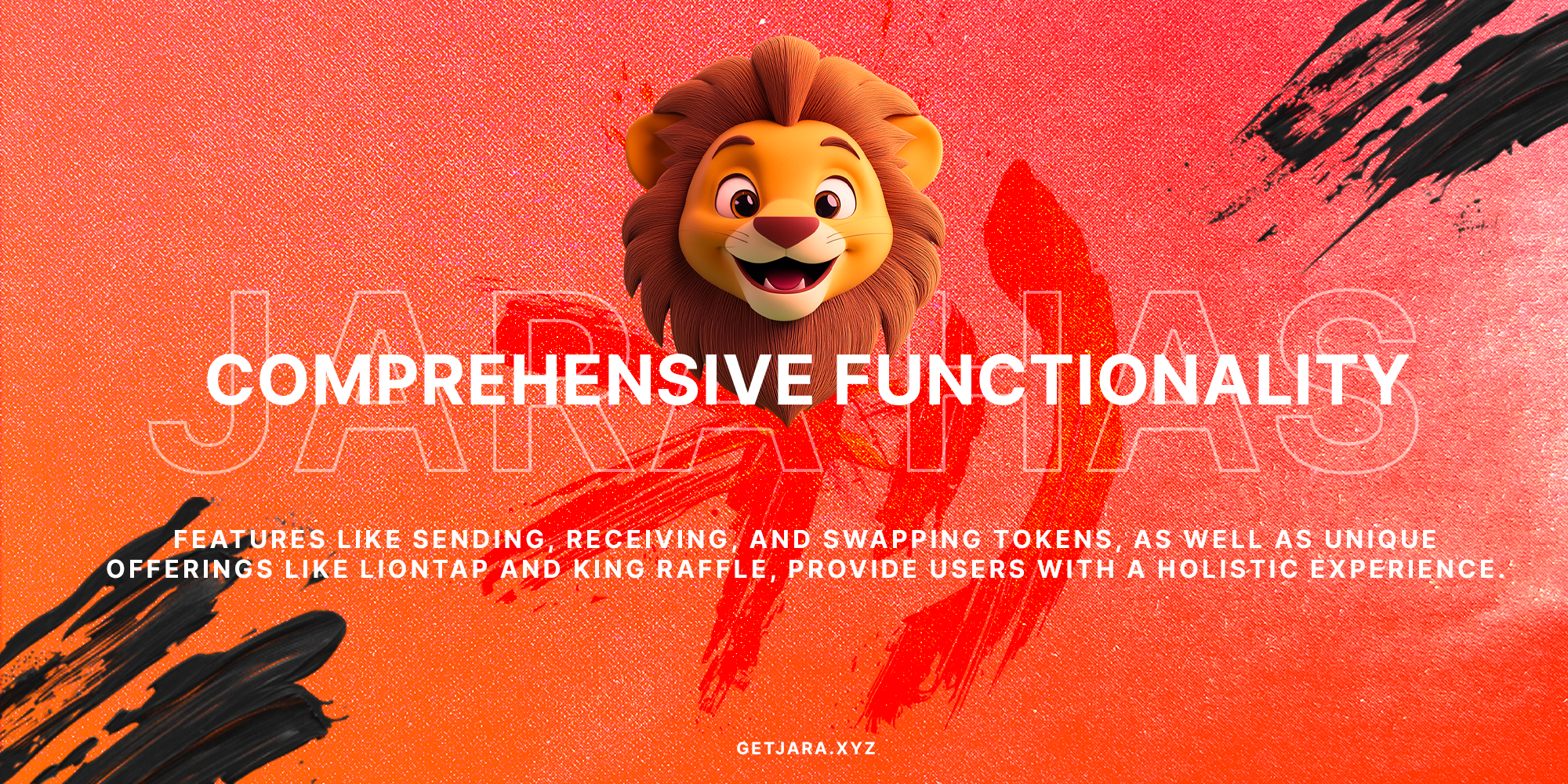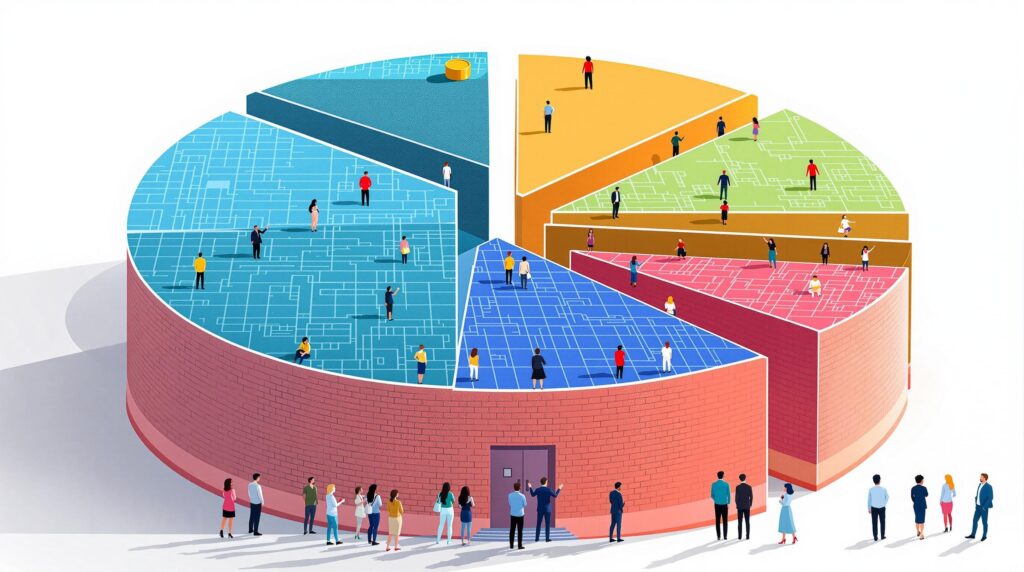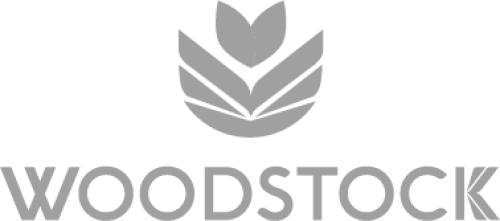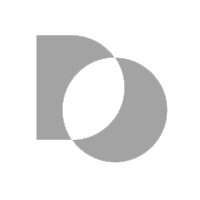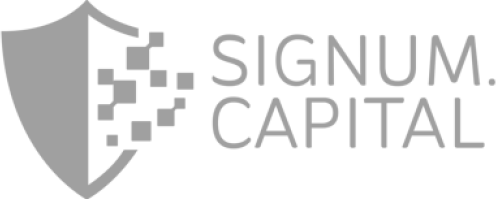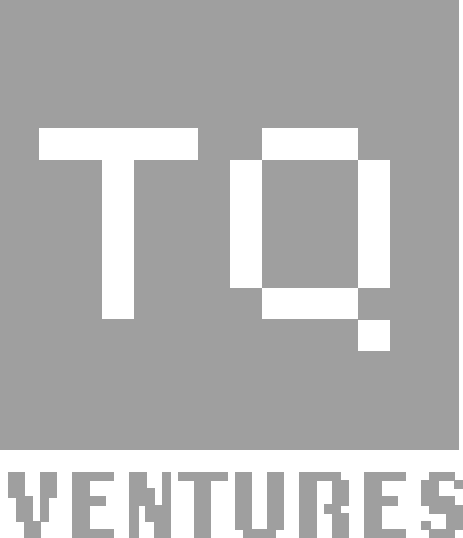Understanding Tokenization of Real-World Assets (RWA)
Before diving into the benefits of tokenization, it’s crucial to understand the fundamental concept. Tokenizing real-world assets (RWA) involves the conversion of physical or traditional assets into digital tokens hosted on a blockchain platform. This innovative process relies on the immutability and transparency of blockchain technology to streamline asset management radically. But what exactly does it mean for asset management? Let’s break it down.
What is tokenization in asset management? Tokenization is the process of converting rights to a real-world asset into a digital token on a blockchain, enabling enhanced liquidity, accessibility, and transparency.
The notion of tokenization reshapes asset management by facilitating fractional ownership. This means that ownership of assets, such as real estate, commodities, or even art, can be divided into smaller shares, represented digitally. Imagine owning a fraction of a luxury property or an imminent infrastructure project merely by holding a digital token in your digital wallet.
What makes tokenization particularly appealing is its ability to bridge accessibility gaps in investment opportunities. Traditional investments often require significant capital outlay and are cumbersome due to lengthy processes involving intermediaries. Tokenization streamlines these processes by leveraging smart contracts, thus enabling faster, more efficient transactions.
Tokenizing real-world assets (RWA) democratizes investment by enabling fractional ownership, lower barriers to entry, and streamlined investment processes.
Another standout feature of tokenization is its role in fostering transparency. By storing transaction records and asset ownership on a blockchain, every change and update is publicly accessible and reviewable. This transparency can significantly increase investor confidence, as all records are immutable and tamper-proof, aligning with the overarching goal of reducing fraud and enhancing trust.
Key Attributes of Tokenization:
- Fractional Ownership: Enables dividing assets into smaller shares, thus widening the pool of potential investors.
- Increased Liquidity: Makes it easier to buy, sell, and trade assets quickly and efficiently.
- Transparency: Provides a permanent, visible record of transactions and ownership, reducing the risk of fraud.
- Cost Efficiency: Reduces transaction costs by eliminating the need for multiple intermediaries and streamlining processes.
- Accessibility: Opens up investment opportunities to a global audience, breaking down geographical barriers.
In Africa, where access to traditional financial markets can be uneven, the tokenization of assets holds transformative potential. This new means of engagement enables individuals and institutions to invest in markets that were previously out of reach or prohibitively expensive to enter. This could have profound implications for economic growth and financial inclusion across the continent.
Ultimately, tokenization is not merely a shift in how investments are made; it’s a fundamental change in the accessibility of financial opportunities. As we continue to explore this trend, understanding its mechanics and potential benefits will be vital, especially for those seeking to leverage Africa’s unique position in the global marketplace.
Enhanced Liquidity and Accessibility
In the world of traditional assets, liquidity, or the ease with which assets can be bought or sold, often poses a big hurdle. Assets like real estate are typically illiquid, meaning they cannot be easily sold or traded. Tokenization transforms this scenario by converting these assets into digital tokens that can be swiftly traded on digital platforms without the lengthy process traditional trading involves.
But what does improved asset liquidity mean for investors like you? It means getting your hands on more investment opportunities, when you want them and in the amounts you need. Fractional ownership is another game changer. By dividing assets into smaller tokens, tokenization lowers the entry barrier for investors. Think of it as buying a slice of a cake rather than the whole cake, making investing more accessible to a wider range of individuals and not just the wealthy few.
What is asset tokenization? Asset tokenization is the process of converting rights to a physical or financial asset into a digital token that can be traded on a blockchain, increasing its liquidity and accessibility.
The flexibility of digital tokens also allows for markets to be open to a broader array of investors. This boosts the overall market activity and encourages a healthy economic ecosystem. Moreover, with a decentralized ledger system like blockchain, these assets are not just liquid but also offer secure, transparent transaction histories.
In many emerging markets, such as those in Africa, these benefits have profound implications. With Jara’s robust infrastructure, the tokenization of assets acts as a gateway to financial inclusion for many who previously had no access to significant investment opportunities. It’s not just about participation; it’s about enabling investors worldwide to bridge capital across borders effortlessly.
Whether it’s investing in tokenized infrastructure projects like airports, as Jara kick-starts with the Lagos airport bond tokenization, or diversifying your portfolio with digital real estate, the possibilities are endless and more dynamic than ever before. It’s a unique opportunity to be part of a revolution where the boundaries of traditional finance are continually expanding.
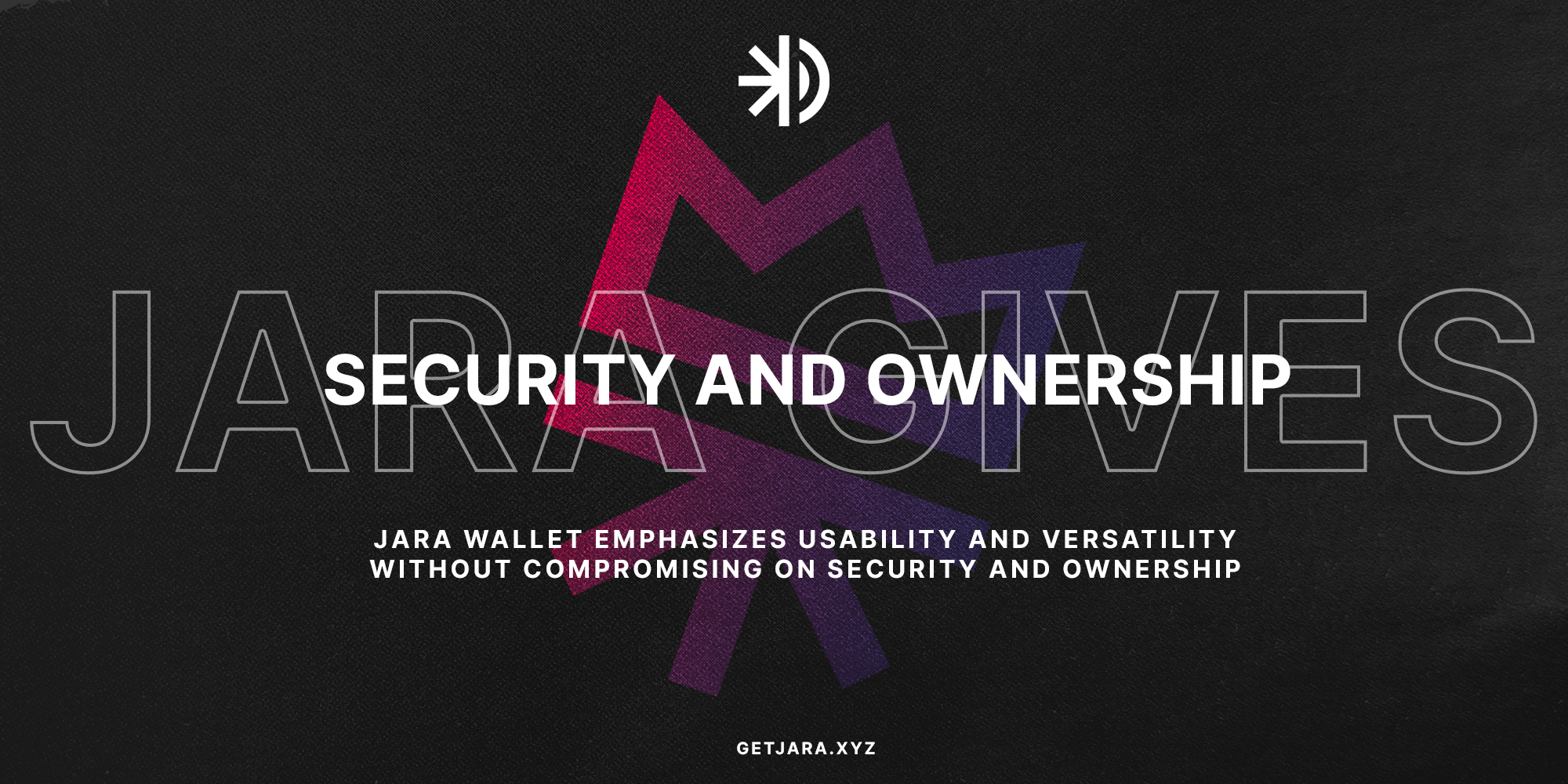
Boosting Transparency and Security
In the digital age, having confidence in how assets are managed is crucial. This is where blockchain technology steps in, revolutionizing the way we perceive asset tokenization by making each step transparent and secure. Every time an asset changes hands or undergoes a transaction, it’s recorded on an immutable ledger. But what does this mean for you?
Blockchain technology ensures transparency by providing a public, unalterable record of all asset transactions, fostering trust and security among all stakeholders.
Traditional asset management often involves layers of intermediaries, paperwork, and room for errors. In contrast, blockchain simplifies these processes with an automated system where you know precisely who owns what, and how ownership has shifted over time. This eliminates discrepancies and builds trust.
Why Transparency Matters
Transparency isn’t just about trust, it’s about information accessibility. With tokenized assets, all details about ownership history, transactions, and asset specifics can be verified instantly. Consider it like having access to a digital handbook where everything is laid out clearly for everyone involved.
- Real-time Verification: As transactions occur, they get logged instantly, providing all parties up-to-date and accurate information.
- Immutable Records: Once information is recorded on the blockchain, it can’t be changed, eliminating the risk of tampering or fraud.
- Open Access: Authorized users can easily verify and trace the entire history of an asset, promoting confidence among investors.
This level of transparency is particularly beneficial in regions like Africa, where financial ecosystems are evolving. Asset tokenization allows investors to confidently engage with markets that were previously perceived as challenging or opaque.
The Security of Blockchain
Beyond transparency, security is a cornerstone of blockchain technology. In Jara’s ecosystem, security is prioritized, ensuring that assets remain safe from unauthorized access or alteration. Let’s unwrap how blockchain makes this possible:
- Decentralization: Control isn’t centralized, meaning that rather than having a single point of failure, information is stored across a network of nodes.
- Encryption: Data on the blockchain is encrypted with advanced algorithms, protecting it against cyber threats.
- Smart Contracts: These are self-executing contracts where the terms are directly written into code. They ensure that once conditions are met, transactions will proceed without require further manipulation or intervention.
These features not only prevent fraud but also strengthen the integrity of the transaction process. Jara utilizes these blockchain capabilities to ensure each transaction and ownership change on its platform is secure and trustworthy.
Reducing Fraud Risks
The risk of fraud in traditional asset management is a lingering concern, costing a significant sum globally. Through blockchain, fraud is significantly mitigated. But how is this achieved?
- Traceability: With every transaction being recorded, fraudulent activities can be traced and identified swiftly.
- Immutable Ledger: The immutability of the blockchain ledger means that fraudsters can’t tweak the history of a transaction to cover their tracks.
- Public Verification: By allowing public verification, blockchain opens up transactions to scrutiny, discouraging illicit activities through transparency.
In essence, blockchain technology transforms real-world asset tokenization, ensuring transparency and security. Whether you’re a seasoned investor or new to the field, understanding these benefits can help you make informed decisions about participating in this innovative ecosystem.
Cost Efficiency and Decentralization
Imagine a world where you could manage and trade assets without the cumbersome fees associated with brokers and banks. That’s the future we’re looking at with tokenization, a groundbreaking development that eliminates the need for intermediaries, thereby slashing operational costs significantly. By removing these middlemen, tokenization enhances efficiency by streamlining transactions through automated smart contracts. This not only ensures error-free processing but also yields substantial savings, as fraud risks are minimized.
What is tokenization in finance? Tokenization is the process of converting physical or traditional assets into digital tokens on a blockchain, promoting decentralization and cost efficiency.
So how does decentralization contribute to a more equitable financial ecosystem? Simply put, decentralization allows asset ownership to extend beyond the typical concentrated authorities, spreading it across a wider spectrum of investors. This means more people can partake in financial markets that were previously inaccessible due to high entry barriers.
The power of decentralization lies in its ability to distribute economic power equally, providing a democratizing effect on global finance. With this shift, individuals have the opportunity to own fractions of lucrative assets, bypassing traditional barriers. This fosters an inclusive environment where even those with limited capital can invest in high-value markets.
For Africa, this shift could mean unprecedented empowerment. Historically, entry into major investments required substantial initial capital, locking out many potential investors. Now, with tokenization, there’s a pathway to democratize financial access. Decentralized systems offer security and control, significantly reducing the reliance on centralized bodies. This is vital for emerging markets looking to bridge the gap between local assets and international investment.
“Jara: Bridging Global Capital to African Assets.” By integrating tokenization, Jara is at the forefront of this financial revolution, ensuring more accessibility and engagement.
As tokenization continues to evolve, the benefits of cost efficiency and decentralization will become increasingly apparent, prompting more stakeholders to adopt this transformative approach. This evolution is not just about technology; it’s about creating a more inclusive, equitable financial ecosystem. By participating in this era of digitization, you not only reap the economic advantages but also contribute to reshaping the future of global finance.
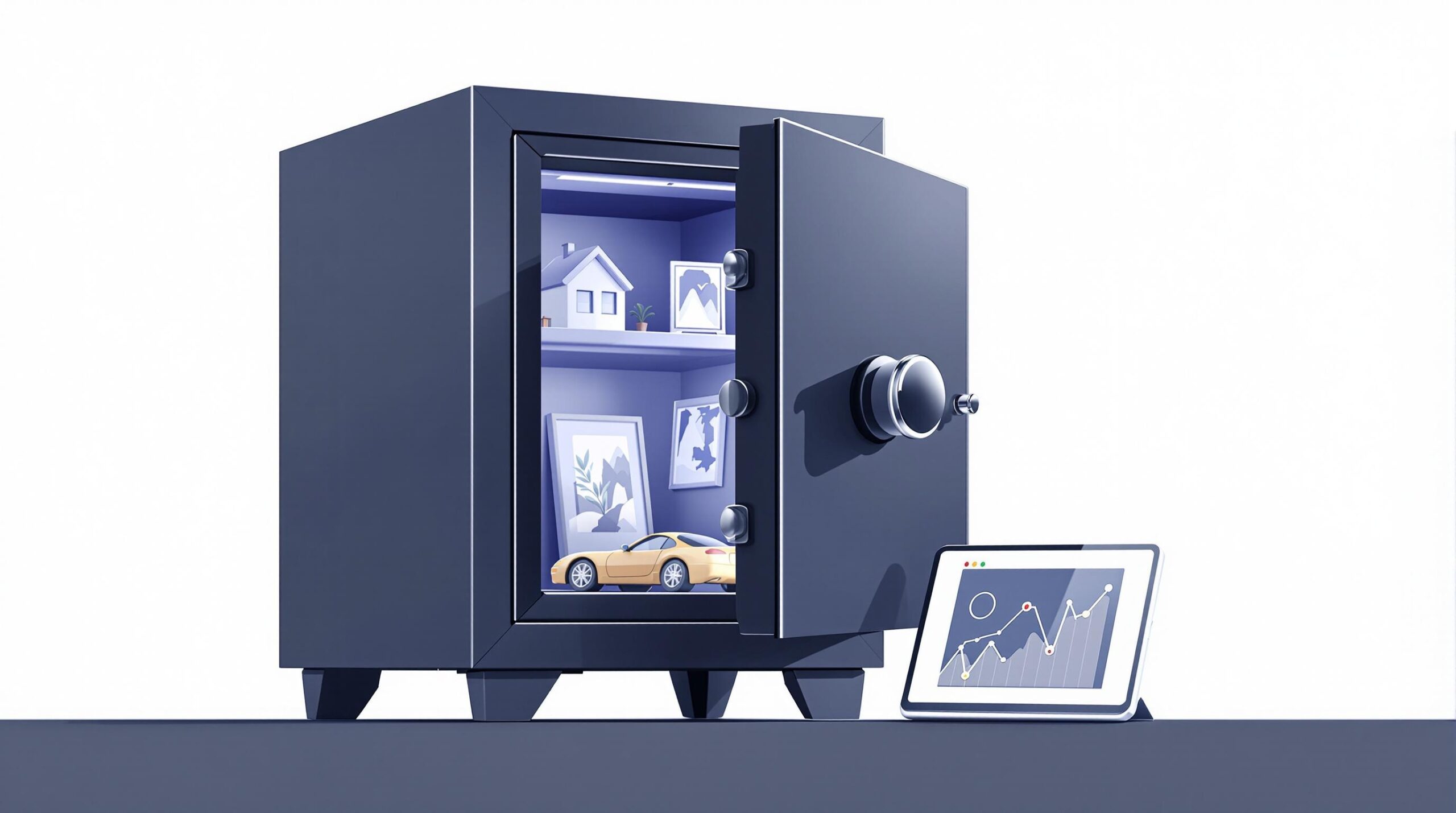
What are the benefits of tokenizing real-world assets?
Tokenizing real-world assets, such as real estate or commodities, boosts liquidity, increases market accessibility, and enhances transparency. It also reduces costs by minimizing the need for intermediaries and promotes decentralization, fostering a more inclusive economy.
How does tokenization enhance market accessibility?
By allowing fractional ownership, tokenization lowers the entry barrier for investments. This democratizes access to high-value assets and allows more people to participate in markets such as real estate and commodities, which were previously inaccessible to many.
Why is decentralization important in tokenization?
Decentralization is crucial as it distributes asset control across a diverse range of investors rather than concentrating power within centralized entities. This promotes financial equity and allows for a more resilient and flexible financial system.
Can tokenization reduce fraud in asset transactions?
Yes, tokenization can significantly reduce fraud because blockchain technology ensures that every transaction is immutably recorded and transparent. This makes it difficult for unauthorized changes to the transaction’s details, thereby reducing fraud risks.
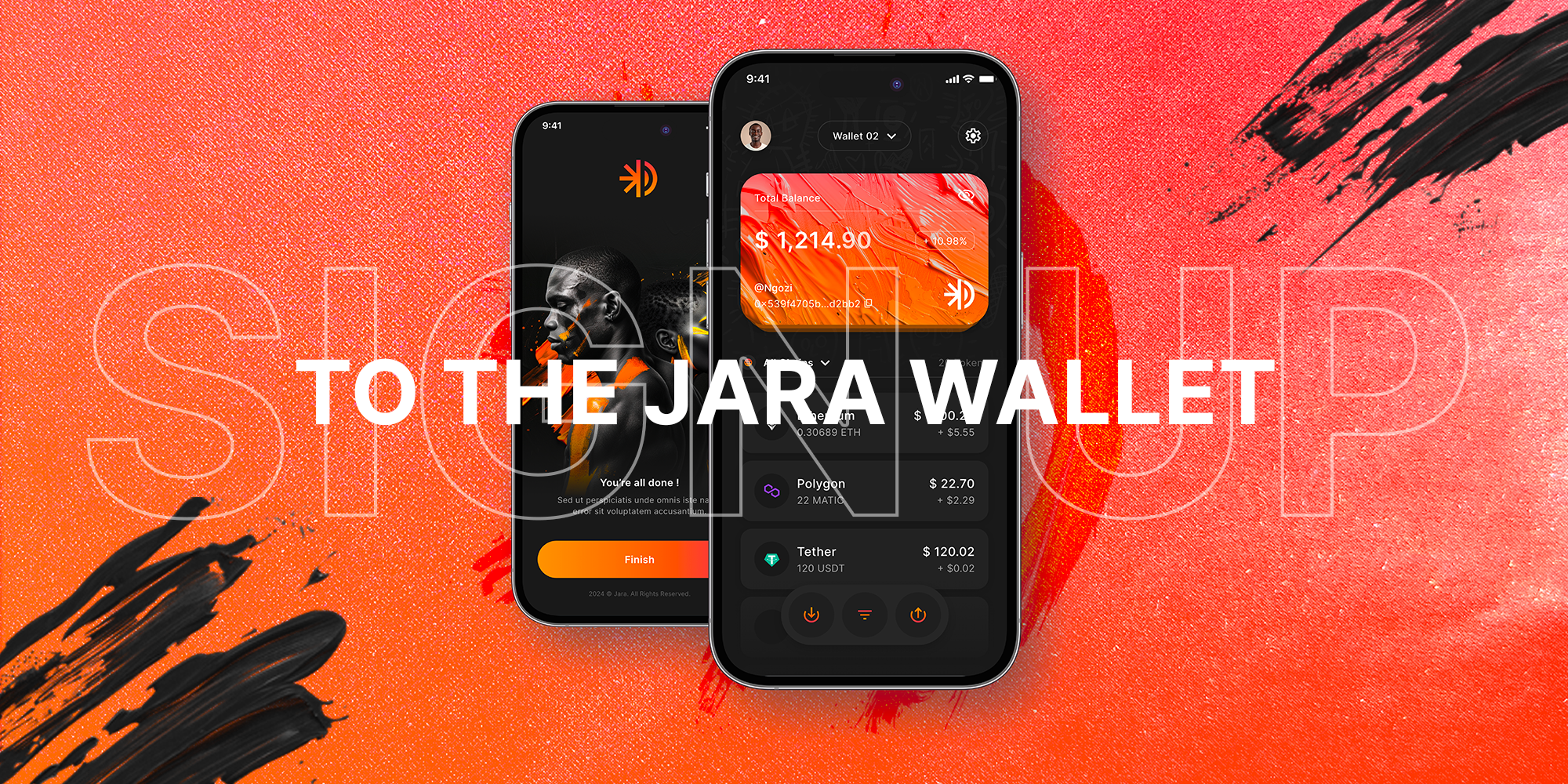
Related Articles
Discover more about the expanding world of tokenizing real-world assets through our carefully curated related articles.
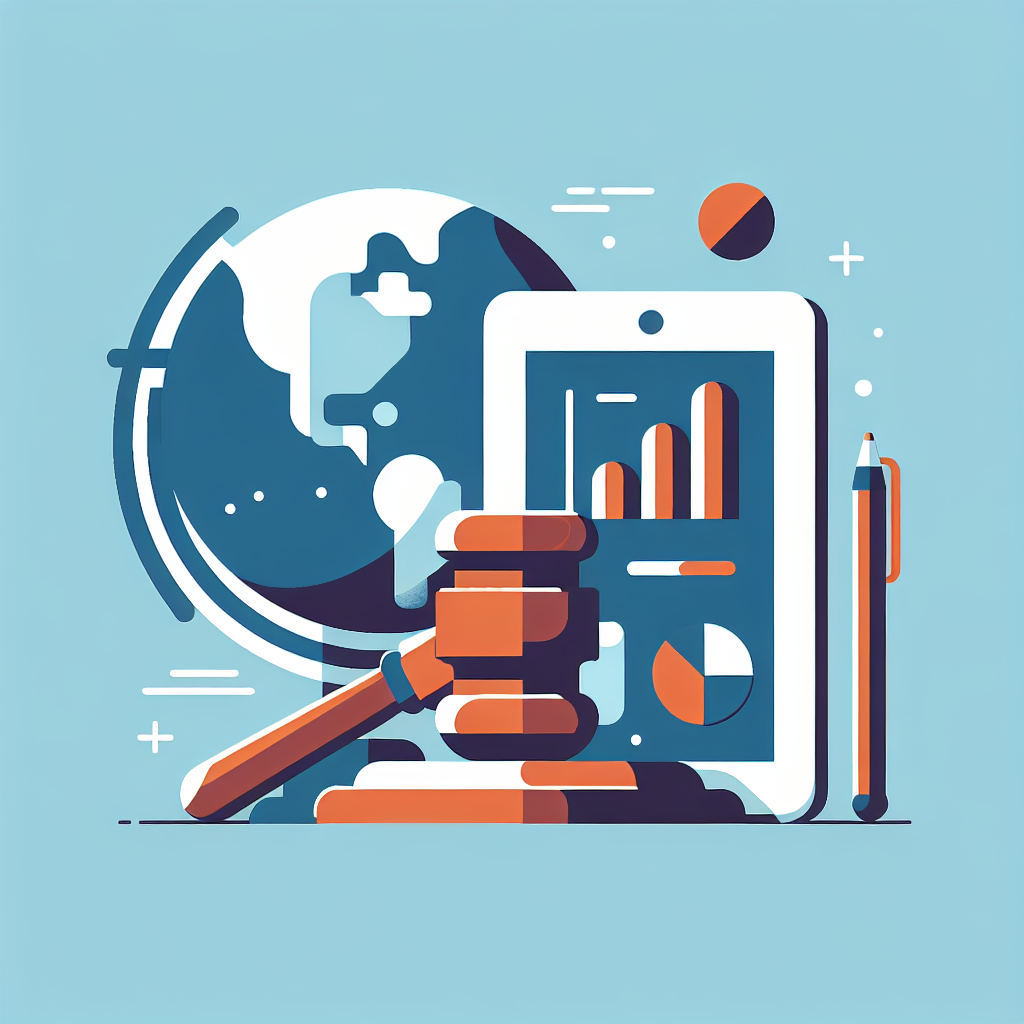
Experience the Future of Asset Tokenization with Jara
Discover a new era of asset management. Simplify your investments with the Jara Wallet, designed to bring global capital to African assets.
Are you ready to seize the opportunity with the leading app in tokenizing real-world assets? Download the Jara Wallet now and become part of a financial revolution. With just a tap, unlock the potential behind secure, efficient, and accessible global transactions.
- Seamless Integration: Easily manage your diverse portfolio in one secure wallet.
- Enhanced Security: Protect your investments with top-notch security features.
- Instant Transactions: Experience fast and reliable transactions, simplifying your financial operations.
Don’t miss out on the trend that’s transforming investments. Download the Jara Wallet from the following platforms:
Stay connected with us on social media for the latest updates and insights:
I’m here to help with any content you need! Whether it’s about legal topics or another subject, just let me know what you require, and I’ll create content that fits your needs.
